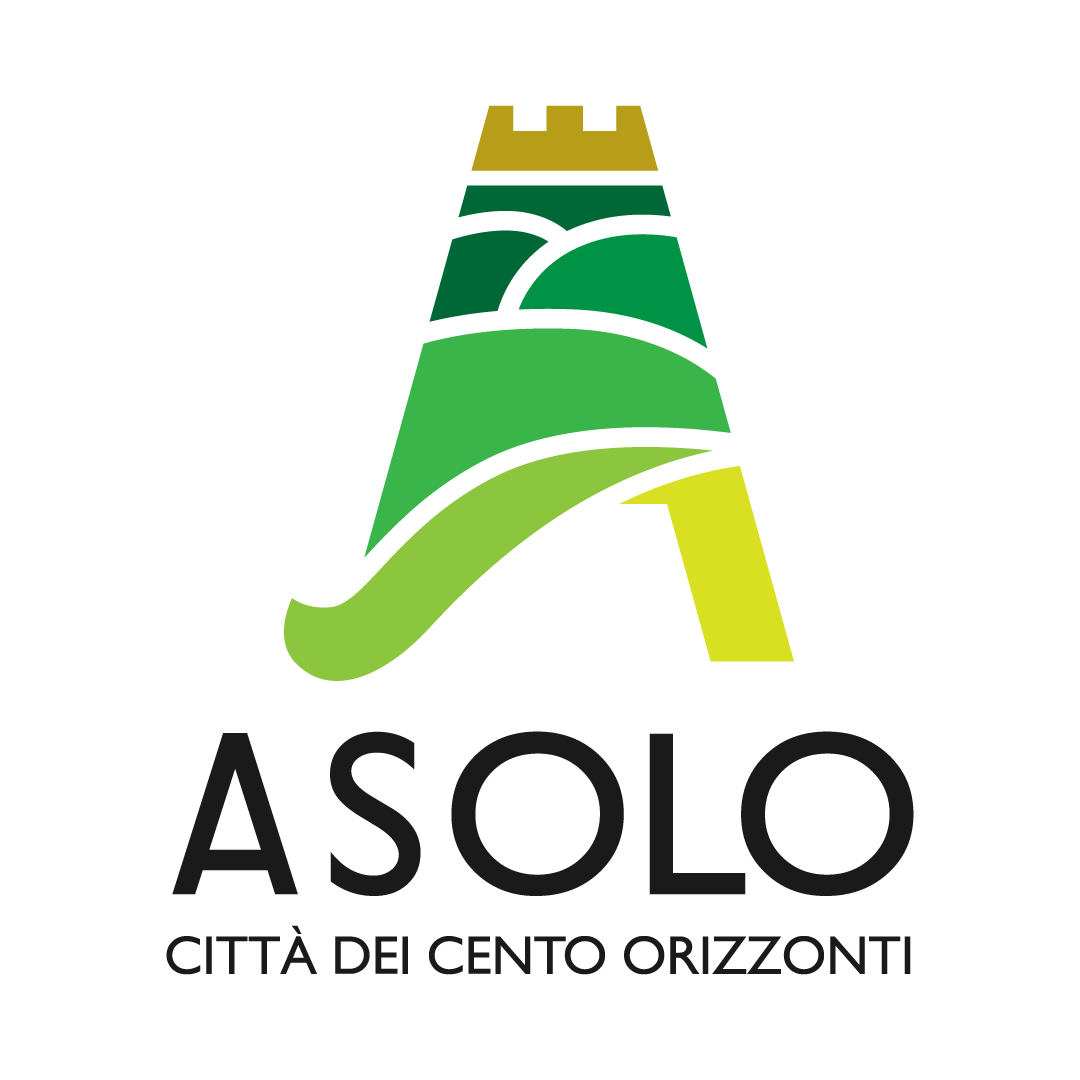The aqueduct, the function of which is linked to the Roman baths ensuring them a water supply, stretched for some 600-700 meters from the water inlet at the “Tintina” spring (on the Northern slope of Mount Ricco) down as far as the town square where the baths were situated. From the source to around the medieval gate known as “Pusterla del Colmarion” the water was taken by a system of lead pipes some of which were discovered in the 1800s by academic Pacifico Scomazzetto. From this point where it converged with another ancient source, the aqueduct ran in an underground tunnel approximately 157 metres long dug into Mount Ricco. The water had to be distributed to the baths directly with piping, found at various times in the past, in the final stretch of the water works where it currently comes out in Piazza Brugnoli. The underground Roman passage (on average 50 centimetres wide and between 1 and 2 metres high) present at least four different cladding techniques depending on the different geological make up of the ground as it was encountered. The original water system can be dated to the first century A.D. In perhaps medieval times the Roman aqueduct became part of a more complex water system thanks to the construction on the northern stretch of a superimposed tunnel that traced the oldest route, the so called “Cava” (pit) or the “Cava delle Monache” (Monks’ pit) (owing to the vicinity of the S. Luigi or S. Pietro Monastery) The beginning of works to restore the Bot began in the early 1800s. It was not, however, until 1918 that architect Léon Gurekian measured and analysed the Bot in the form of a historical document and, with the report by the “Commission for the protection of the Monuments and the Landscapes of the Asolo Area” (“Commissione per la protezione dei Monumenti e dei Paesaggi dell’Asolano”) in 1922, it obtained the protection of monument status in 1923From that date the “Bot” once more fell into oblivion; the “pit” was used as depository – wine cellars and, during the last world war, as an air-raid shelter. Only in the last ten years have the waterworks been the subject of a specific study and a complete graphical reconstruction.
| Cost: | Free entrance |
| Opening time: | closed |
